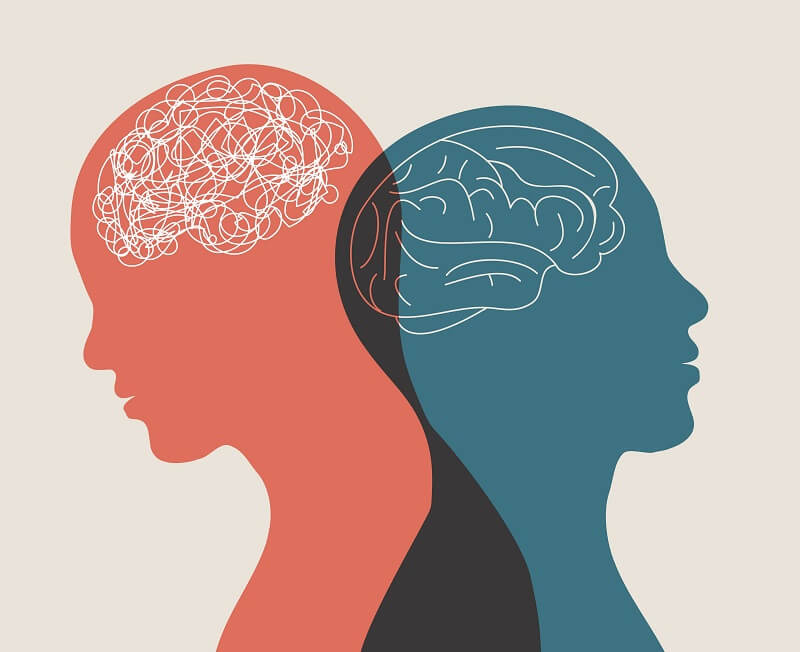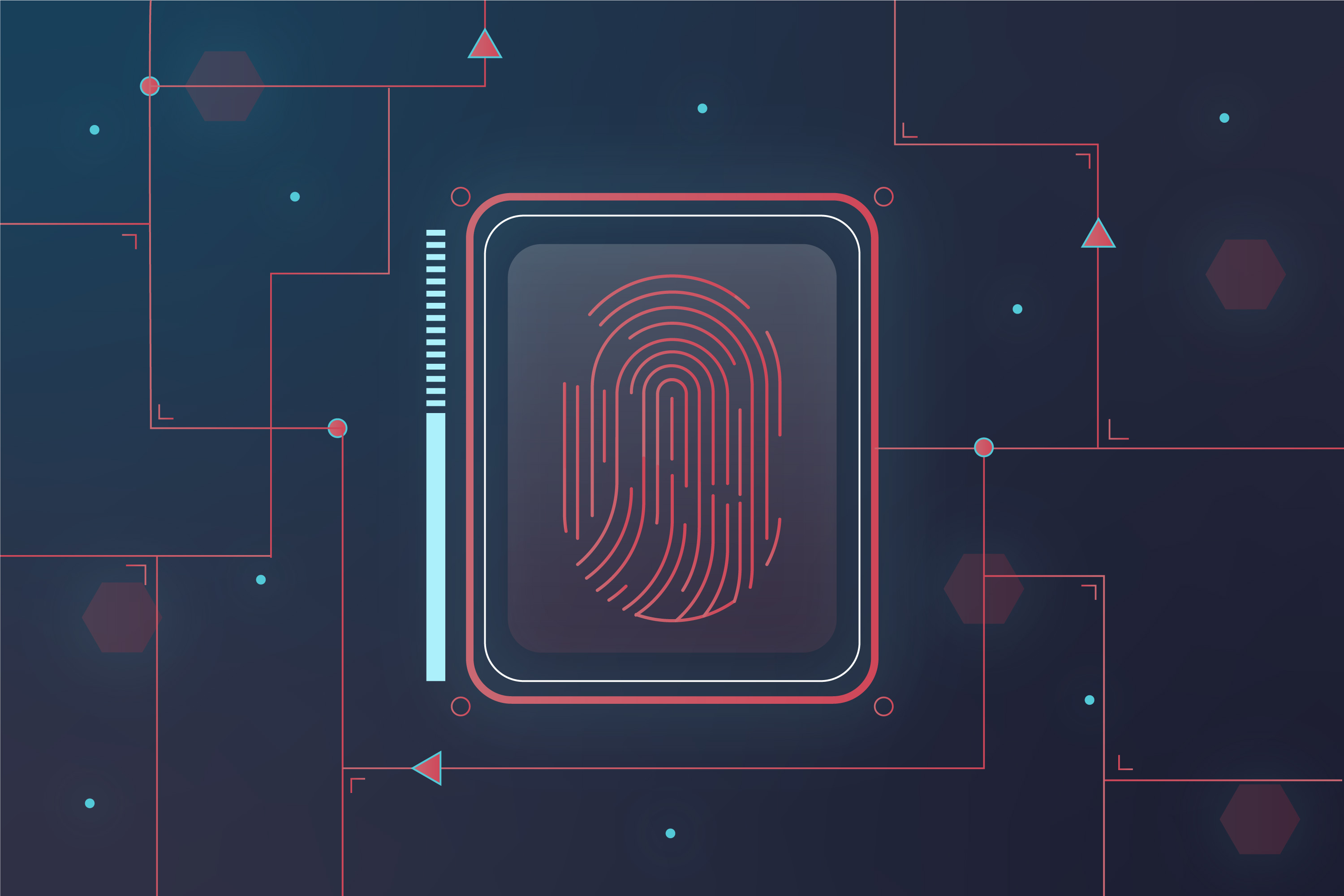Others
September 20, 2025

How the Past, Present, and Future Affect Your Mind
Article for Reflection — By: José Mussagy (JIM)
Mental health is like the weather of our lives: sometimes sunny, sometimes stormy. If we think of it along a timeline, depression relates to the past, stress to the present, and anxiety to the future.
1. Depression: The Weight of the Past
Depression is like carrying a backpack full of stones from what has been left behind: losses, traumas, and regrets. In the past, it was called “melancholy,” and it was often misunderstood. Today, we know it involves biological, psychological, and social factors.
Those who suffer from depression continuously revisit painful memories, as if trapped in an old movie they cannot turn off. It is like trying to walk with your feet stuck in quicksand: every step requires effort and patience.
2. Stress: The Pressure of the Present
Stress is the fire of the now. It arises from daily pressures: too much work, bills to pay, tight deadlines, external expectations. A little stress is natural, like fire that warms food; but when it becomes chronic, it burns our energy and health.
Living stressed is like trying to run a marathon carrying a heavy backpack: the body endures, but wear and tear are inevitable. The secret is learning to relieve the weight, slow down, and prioritize what truly matters.
3. Anxiety: The Fear of the Future
Anxiety is like a dark cloud forming on the horizon, even when the sun is shining in the present. It is the fear of what has not yet happened, the uncertainties the mind tries to control.
In small doses, anxiety works as an alarm that keeps us alert; in excess, it is like imagining every shadow on the path is a predator, paralyzing us before we even act. The challenge is to transform worry into preparation, without letting it dominate life.
4. Integration: Yesterday, Today, and Tomorrow
Often, a person carrying the weight of the past (depression) also suffers from the pressures of the present (stress) and gets lost in the fear of the future (anxiety). It is an emotional triangle that traps, creating a cycle that is difficult to break. It is like a turbulent river: depression is the muddy bottom, stress is the midstream currents, and anxiety is the flood coming from the rain on the horizon.
Breaking the cycle requires balance: understanding the past, managing the present, and projecting the future with confidence. Physical activities, meditation, therapy, and healthy social connections act as bridges that help us cross this river safely.
5. Conclusion
Caring for the mind is caring for life. The past cannot be changed, but it can be understood. The present can be lived more lightly, and the future faced with hope. In this way, we transform depression into learning, stress into focus, and anxiety into preparation.
Discover more content for your transformation at:
👉 www.josemussagy.com
October 07, 2025

Being Rich and Being Prosperous: Two Realities, Two Paths
Article for Reflection
By: José Issufo Mussagy (JIM)
We live in a time when people confuse having a lot with living well.
Social media shows luxury cars, trips, and expensive clothes, and many believe
this is a synonym for success. Yet, life proves that there are unhappy rich people and
fulfilled prosperous ones, even without great fortunes. The difference lies in what
they carry inside.
Being Rich is Having. Being Prosperous is Being.
Being rich is connected to having: money, properties, jewelry, and businesses.
It is something visible, measured by numbers, bank balance, and material goods.
But being prosperous is connected to being: inner peace, balance, purpose, and satisfaction.
Think of two trees. One has many fruits but weak roots — a strong wind can bring it down.
The other has few fruits but deep roots, supported by fertile soil.
The first represents wealth without purpose.
The second represents prosperity — strong, stable, and lasting.
Many people work tirelessly to buy a new car but have no time to enjoy a walk with their family.
Others accumulate money but lose their health to stress and poor diet.
These people are rich in their pockets but poor in their souls.
Mindset Makes All the Difference
Prosperity begins in the mind.
A prosperous person grows by helping others grow.
They understand that when goodness multiplies, abundance flows naturally.
On the other hand, those who think only of themselves — even earning much —
live in fear of losing what they have gained.
The flowing river gives life wherever it passes — it irrigates, nourishes, and renews.
But still water breeds mosquitoes and rots.
So it is with money: when it flows with purpose, it creates prosperity; when it is
held back by fear, it creates scarcity.
The Prosperous vs. The Merely Rich
A prosperous entrepreneur pays their employees well, invests in the community,
and treats customers with respect.
A merely rich entrepreneur exploits, deceives, and thinks only about profit.
Over time, one builds respect and legacy, while the other gathers criticism and loneliness.
Prosperity is Balance
Being prosperous is not rejecting money — it is giving it the right place.
Money is a tool, not a goal. It serves to provide comfort, security, and opportunity,
but it should not control life.
Money is like electricity — it can light a home or cause a fire,
depending on how it is used.
In the hands of the conscious, it brings light.
In the hands of the greedy, it consumes everything around.
A teacher who lives simply but feels joy in seeing students grow is prosperous.
A politician who steals millions and lives in luxury but sleeps poorly and fears exposure is only rich.
Prosperity is sleeping with a peaceful conscience.
How to Live in the Energy of Prosperity
1. Be grateful for everything.
Gratitude transforms what you have into enough.
Example: by thanking for your meal, shelter, and health, you shift your focus from lack to abundance.
2. Serve with purpose.
Prosperity comes when your work improves someone’s life.
Example: a hairdresser who boosts clients’ self-esteem, a farmer who feeds families, a teacher who inspires students.
3. Take care of your inner self.
Prosperity starts in the mind and heart.
Example: reading good books, meditating, praying, and surrounding yourself with positive people nourishes the spirit and attracts good energy.
4. Learn to share.
What is not shared, rots.
Example: a loaf of bread shared feeds two; a smile offered multiplies.
5. Love the process.
Prosperity is a journey, not a destination.
Example: someone who enjoys their work feels rich every day,
even before the salary hits the account.
Conclusion
Being rich is an external achievement.
Being prosperous is an inner victory.
Wealth can end with a financial crisis.
Prosperity remains, because it is born from consciousness, faith, and purpose.
The rich person is like one who collects gold coins.
The prosperous person is like one who plants trees — it may take longer,
but one day they harvest shade, fruit, and oxygen for themselves and others.
So, don’t just seek money — seek meaning.
Money can buy comfort, but only prosperity brings peace and fulfillment.
Final Message
“Wealth is what you have.
Prosperity is what you are.
Wealth shows in possessions.
Prosperity reveals itself in actions.
Wealth is being able to have everything.
Prosperity is not needing everything to feel complete.”
Discover more life-changing content at:
👉 www.josemussagy.com
Click on Blog and choose the category that interests you most:
Personal Development | Spirituality | Mindset & Success | Motivation & Purpose | Relationships & Emotions | Others
October 14, 2025

Identity: The Core of Human Transformation from the NLP Perspective
Article for Reflection
By: José Issufo Mussagy (JIM)
There is a question that silently echoes within every human being: “Who am I?”
It is not merely a philosophical curiosity — it is an essential quest, the root of all our choices, emotions, and behaviors.
In Neuro-Linguistic Programming (NLP), this question finds one of its most liberating answers: identity is the central structure that organizes our entire life experience.
Identity as the Core of Our Reality
NLP teaches that everything we do — our behaviors, beliefs, skills, and results — arises from a deeper image we hold of ourselves.
This image lies at the level of identity, above beliefs, capabilities, and behaviors.
It is at this level that the silent phrases guiding our lives reside:
• “I am someone who never gives up.”
• “I am not good enough.”
• “I am the kind of person who helps others.”
These statements, often unconscious, shape what we believe is possible or impossible for us.
Identity is, therefore, the internal map that defines the limits — or the vastness — of our reality.
What “Being” Really Means
In NLP, “being” is not something fixed.
Identity is a dynamic construction, shaped by experiences, emotions, and the language we use about ourselves.
Every “I am” we declare becomes a mental program that directs our choices.
When someone says “I am shy,” they are describing their identity, not just a temporary behavior.
But the truth is, no one is shy all the time, everywhere, with everyone.
What exists is shy behavior in certain contexts — and behaviors can change.
When we separate “who I am” from “what I do,” we open a vast space for inner freedom.
We stop imprisoning ourselves in labels and start consciously choosing who we want to be.
Identity in Action: Internal Alignment
Robert Dilts, one of the great minds in NLP, created the model of Neurological Levels, which organizes our experience in layers: environment, behaviors, capabilities, beliefs and values, identity, and mission.
When there is coherence among these levels, a person lives in alignment — thoughts, feelings, and actions are in harmony.
But when identity says one thing and actions show another, internal conflict arises — that familiar “something feels wrong with me.”
True transformation, therefore, does not begin by changing what we do, but by reconnecting with who we are.
Reprogramming Identity is Possible
NLP offers powerful tools to reframe and rebuild identity.
Techniques such as reimprinting, the swish pattern, and alignment of neurological levels allow us to release old beliefs and integrate new versions of ourselves.
But beyond techniques, it’s about choice and awareness.
When you consciously decide to say “I am resilient,” “I am creative,” “I am capable of learning,” your brain starts looking for evidence to confirm this new identity.
The human mind is loyal to what it believes is true.
If you change your perception of yourself, everything around you changes.
The Power of Being Part of Something Greater
In NLP, the highest level of identity connects to mission — the sense of belonging and contributing to something greater.
It’s the moment we stop asking only “Who am I?” and start reflecting: “For whom or for what am I who I am?”
When our identity aligns with a purpose, life gains clarity and strength.
Difficulties stop being obstacles and become parts of the path.
Identity ceases to be a reflection of the past and becomes an expression of the future we choose to live.
Final Reflection
“You are not what happened to you.
You are what you choose to become.” — Carl Jung
NLP invites us to revisit our identity with curiosity and compassion — to understand that labels, fears, and limitations do not define who we are, but only reflect what we momentarily believe ourselves to be.
True power is born when we stop living from memory and start living from intention — when we cease being a story told by others and become conscious authors of our own “self.”
Reflection Questions:
• Who do you believe you are today?
• Does this identity bring you closer to or further from what you truly want to live?
• And if today you could choose a new version of yourself... who would you decide to be?
Discover more content that will transform your life at:
👉 www.josemussagy.com
Click on Blog and choose the category that most interests you:
Personal Development | Spirituality | Mindset & Success | Motivation & Purpose | Relationships & Emotions | Others
